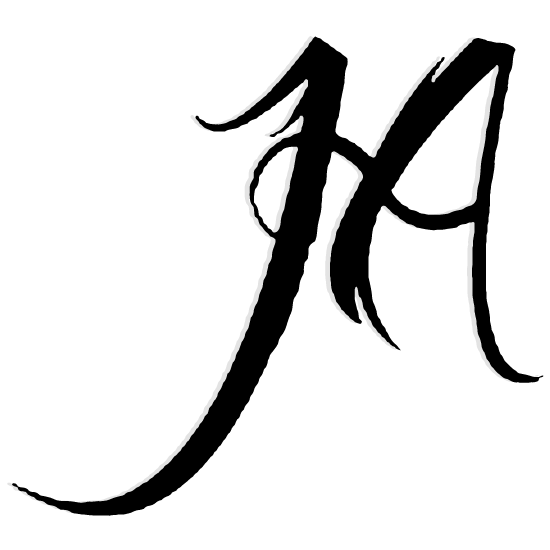Reading Beyond Alphonse Mucha: In Quest of Beauty
Seminar paper; May 2018
A version of the paper was posted on the PNCA Critical Studies Journal, Discursive Impulse.
Abstract: The alluring, sensuous femme fatales that adorn Czech artist Alfons Maria Mucha’s (1860-1939) images have played the central role in much of the scholarship surrounding his work—especially after the art nouveau revival in the late 1960s. After decades of obscurity, artists in San Francisco began appropriating Mucha’s femme fatales for use in their prints associated with the psychedelic movement. Not coincidentally, the psychedelic movement was accompanied by a changing landscape in feminist movements, potentially mirroring the cultural shifts that transformed ideas of femininity during the Belle Époque (the period of western history from 1871-1914). One can see this changing style of femininity depicted in the work of art nouveau artists such as Mucha, carried over to ephemeral works from the paintings of the Pre-Raphaelites. Within the many narratives of Mucha's practice explored in Alphonse Mucha: In Quest of Beauty (there are many presented in this catalog for a retrospective styled exhibition) I will focus here on the coverage of the culture of changing femininity during Mucha's lifetime within the book, look at who contributed to these changes in culture, discuss examples of the artistic depictions of this changing culture, and so on; hopefully commenting on Mucha's place within these discussions in the process. I will also incorporate the writings of Griselda Pollock, Linda Nochlin, and others within the feminist art history discourse to comment on this narrative thread of the catalog as well as the writings within.
The exhibition, “Alphonse Mucha: In Quest of Beauty,” took place in multiple locations across the United Kingdom. The curators decided to connect Mucha's work and Paris life to British and Scottish artistic movements—both through inclusion of works from British museum collections and commission of Great-Britain-focused essays for inclusion in the catalog. The essays offered great accounts of the Pre-Raphaelite school, with their male dominated and controlled depictions of women, as well as an account of the Glasgow School, where they valued equal access to arts education for women—evident in the fact that the major artists in the school, collectively referred to as “The Four” were comprised of two sisters and their eventual spouses. Plates from these stylistic movements and others from the larger British arts are included with plates surveying Mucha’s practice. Through this expanded reading of the catalog, I will place Mucha's practice, and depiction of women, somewhere in the middle of a spectrum of equal representation; with the Glasgow School at one end (the most equal for the time) and the Pre-Raphaelites at the other (the least equal).










